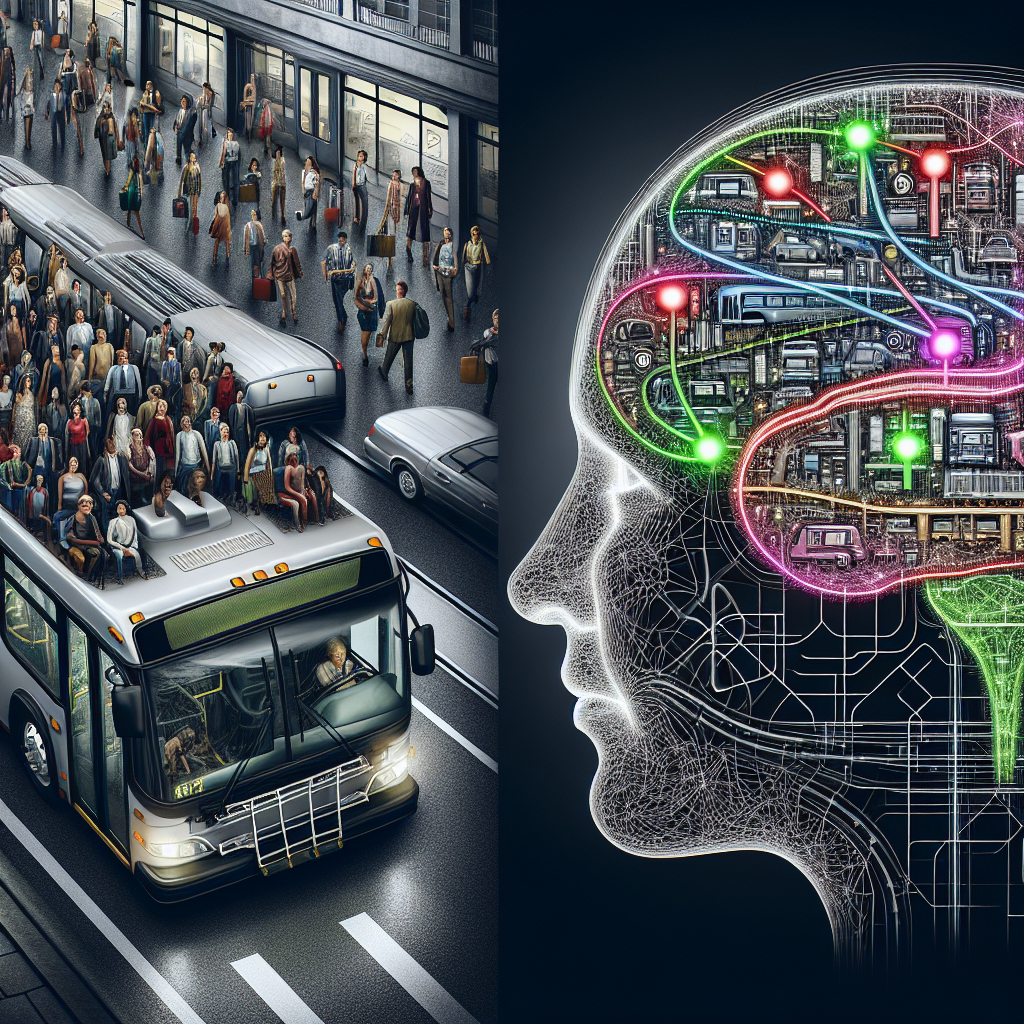The Psychology Behind Public Transportation Use and How to Influence It
Public transportation, an indispensable part of urban life, stands as a testament to human ingenuity in facilitating mobility, reducing traffic congestion, and minimizing environmental impact. However, its utilization is not purely a matter of practicality but is deeply intertwined with psychological factors. Understanding the psychology behind public transportation use and identifying strategies to influence it can significantly enhance its appeal and efficacy.
Psychological Factors Influencing Public Transportation Use
1. Perceived Convenience
The perception of convenience encompasses several dimensions, including accessibility, frequency of service, and travel time. Individuals are more inclined to use public transportation when they perceive it as a convenient alternative to driving. This perception is influenced by the proximity of transit stops to one’s home or workplace, the ease of reaching a destination, and the overall time efficiency compared to other modes of transport.
2. Social Norms and Cultural Attitudes
Social norms and cultural attitudes play a pivotal role in transportation choices. In societies where public transportation is viewed positively and as a common practice, individuals are more likely to utilize it. Conversely, in cultures that highly value individualism and the status associated with personal vehicle ownership, public transportation might be less appealing.
3. Environmental Concerns
An increasing awareness of environmental issues has led to a rise in eco-conscious behaviors, including the use of public transportation. Individuals who prioritize sustainability and wish to reduce their carbon footprint may choose buses or trains over personal vehicles.
4. Economic Factors
The cost of transportation is a significant consideration for many. Public transport, generally being more affordable than owning and maintaining a personal vehicle, attracts those who wish to economize. However, the perceived economic benefit must outweigh the convenience and flexibility offered by personal transportation for it to be a compelling factor.
5. Psychological Barriers
Fear of crime, concern about overcrowding, and the stress of navigating unfamiliar routes are significant psychological barriers. These factors can deter individuals from using public transportation, especially those who have had negative experiences or who prioritize personal safety and comfort.
Strategies to Influence Public Transportation Use
1. Enhancing Convenience
To alter perceptions of convenience, cities can invest in improving the frequency of service, reducing wait times, and expanding routes to underserved areas. Integrating technology, such as real-time tracking apps, can also make public transportation more user-friendly and predictable.
2. Promoting Positive Social Norms
Marketing campaigns showcasing public transportation as a smart, eco-friendly, and trendy choice can shift cultural attitudes. Highlighting stories of satisfied users and public figures who prefer public transit can further normalize and promote its use.
3. Encouraging Eco-Friendly Choices
To appeal to environmental consciousness, public transit authorities can emphasize the ecological benefits of using public transportation. Investing in clean energy buses or trains can also reinforce this message and make public transport a more attractive option for the environmentally conscious.
4. Addressing Economic Concerns
Implementing flexible pricing strategies, such as off-peak discounts or subscription models, can make public transportation more economically appealing. Additionally, clear communication about the cost savings associated with public transit use compared to car ownership can influence economic considerations.
5. Overcoming Psychological Barriers
Improving safety measures, enhancing cleanliness, and ensuring reliability can help overcome psychological barriers. Educational campaigns that provide clear information on how to use the system can also alleviate anxiety for new or infrequent users.
FAQs
Q: How can cities increase public transportation ridership?
A: Cities can increase ridership by improving the convenience, safety, and affordability of public transportation, as well as by promoting positive social norms and environmental benefits associated with its use.
Q: Why is public transportation not more widely used in some areas?
A: Factors include a lack of infrastructure, cultural attitudes that favor personal vehicle use, economic considerations, and psychological barriers such as safety concerns or the perceived complexity of using the system.
Q: Can changing public attitudes towards transportation make a significant difference?
A: Yes, changing public attitudes can significantly influence transportation choices. Social norms and cultural shifts can lead to increased acceptance and use of public transportation.
Q: How does public transportation benefit the environment?
A: Public transportation reduces the number of vehicles on the road, which lowers greenhouse gas emissions, decreases air pollution, and contributes to a smaller carbon footprint.
Q: What role does technology play in enhancing public transportation use?
A: Technology improves the user experience by providing real-time updates, facilitating payment, and offering route planning tools. It makes public transportation more convenient and accessible, which can increase its use.
Understanding and addressing the psychological factors influencing public transportation use can lead to more effective and sustainable urban mobility solutions. Through strategic enhancements and targeted initiatives, it is possible to shift perceptions and behaviors, making public transit a more attractive option for a wider audience.

